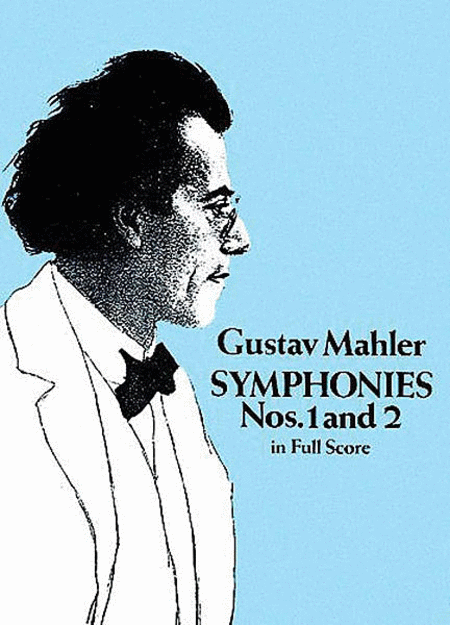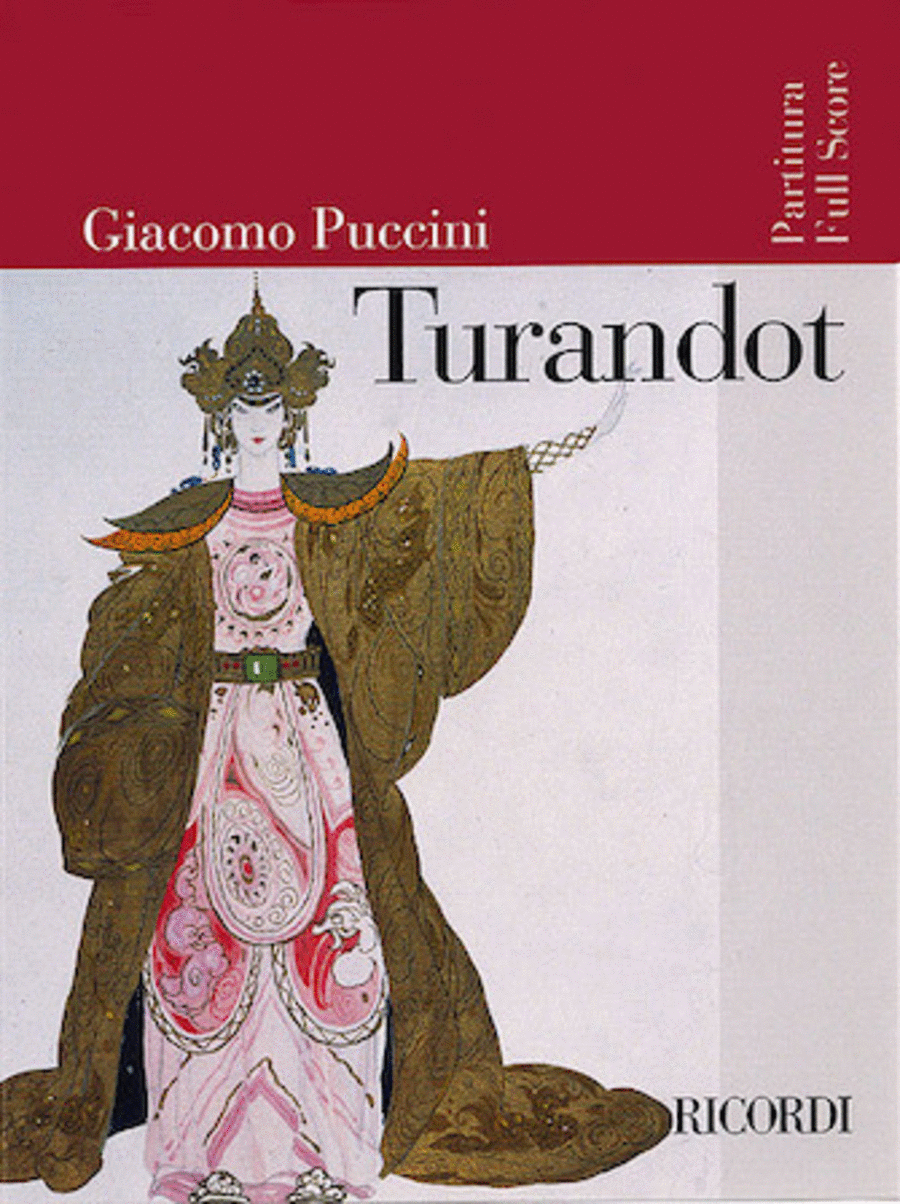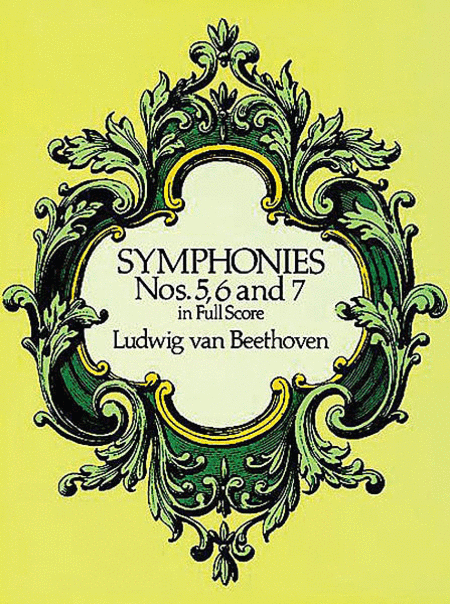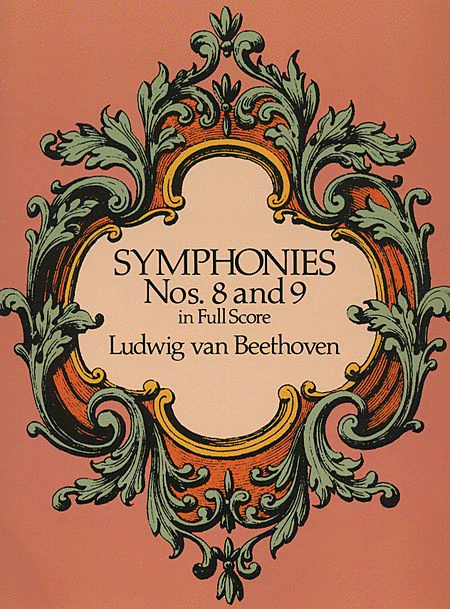Johann Sebastian Bach probably wrote his Suite for
Orchestra No 3 in D major, BWV 1068 in 1731. This was
not the sort of music he normally wrote; it is lighter
fare than his normally more rigorous, sacred or fugal
fare. Suites for orchestra were also called overtures,
and they were an all-purpose form of entertainment,
featuring some pretensions of French culture, which was
the most sought-after affectation among the royals of
Europe in the eighteenth century. The genre was a
collection of excer...(+)
Johann Sebastian Bach probably wrote his Suite for
Orchestra No 3 in D major, BWV 1068 in 1731. This was
not the sort of music he normally wrote; it is lighter
fare than his normally more rigorous, sacred or fugal
fare. Suites for orchestra were also called overtures,
and they were an all-purpose form of entertainment,
featuring some pretensions of French culture, which was
the most sought-after affectation among the royals of
Europe in the eighteenth century. The genre was a
collection of excerpts from French ballets and operas,
and the arrangement of the form was an overture (the
beginning of a stage work) followed by a collection of
dances. Garden parties, trade fairs, and every other
sort of celebration were good spots for these
pieces.
Bach wrote only four of these works; it was not the
sort of thing he did naturally. However, the local
groups of players in Leipzig, called Collegium Musicum,
required music; he had been appointed its director in
1729, on top of his normal duties at the Thomas School.
His political position in Leipzig was usually tenuous
because he was frequently petitioning the city council
for a better wage, better teaching and conducting
conditions, and more money for music in general. For
this he probably needed to commit to acts of good
faith, and music such this Orchestral Suite in D major
would have been exactly what the city council and
citizens enjoyed.
This work was most likely revived from a similar piece
he wrote around 1720 in Cöthen. Its Leipzig premiere
probably took place "at the Zimmermann Coffee House in
the Cather-Strasse from 8 to 10 on Friday." This
unearthed advertisement for the concert features the D
major Orchestral Suite. For someone who stood back from
the world of light, entertainment music, Bach was good
at writing it. This suite uses a rich blend of timbre,
featuring oboes, trumpets, timpani, strings, and
continuo. Its second movement, Air, (also known as "Air
on the G String") centers around one of the most well
known melodies he ever wrote. Bach approaches the music
with his personal instincts intact, and leans as much
toward Italy as much as France in this material. The
visceral, propulsive nature of Vivaldi's concertos find
their way into all these orchestral suites.
Source: AllMusic
(http://www.allmusic.com/composition/orchestral-suite-n
o-3-in-d-major-bwv-1068-mc0002393446).
Although originally written for 2 Oboes, 3 Trumpets,
Timpani, Strings & Continuo, I created this Arrangement
of the Orchestral Suite No. 3 in D Major (BWV 1068) for
Small Orchestra (Piccolo Trumpet, Flute, Oboe, Bb
Clarinet, French Horn, Bassoon, 2 Violins, Viola, Cello
& Bass).












